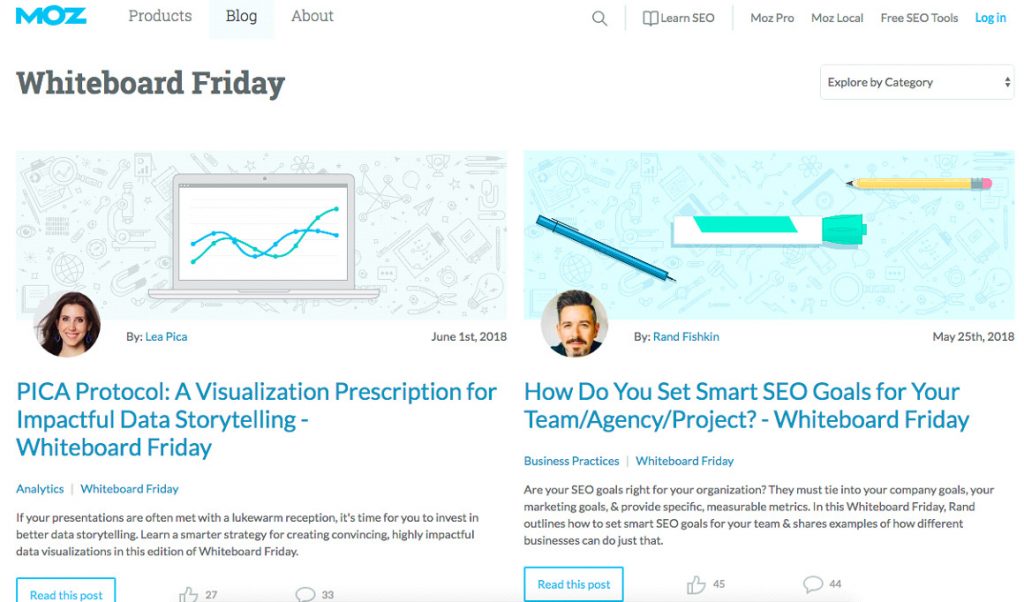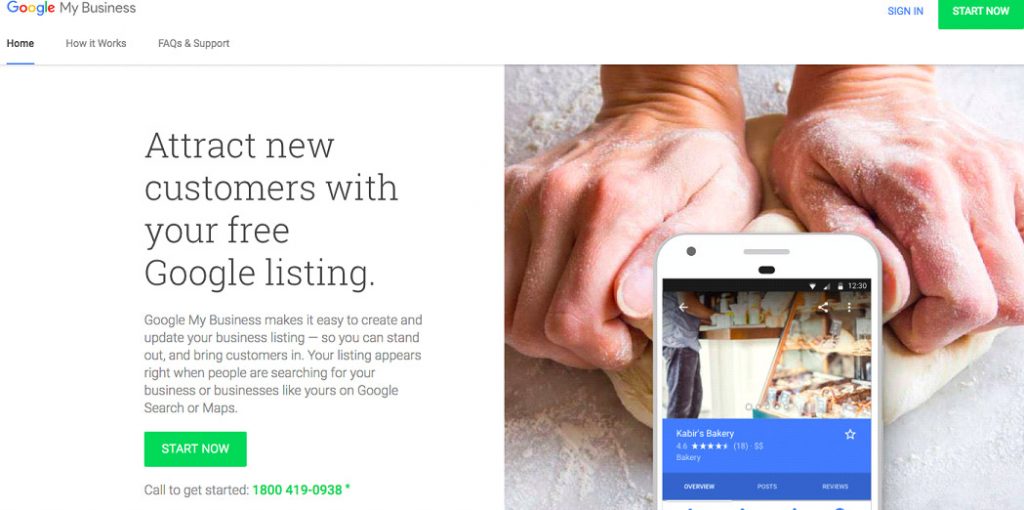Best Practices for UGC
You might need to revisit your approach if your user-generated content strategy is not working out or giving you the desired results. Here are some best practices to consider:
1. Know Your Goals
When you decide to launch your UGC campaign, make sure you have a clear goal in mind. Do you want more people to know about your brand and offerings, increase customer reviews, or show how your products actually benefit people? Once you have an understanding of your goals, you can better strategize.
For example, if brand awareness is the priority, encourage user-generated photos and videos on social media. However, if increasing customer reviews is your goal, implement incentives and dedicated platforms for review submissions.
2. Be Authentic
Consumers want genuine experiences. Authenticity is the main element of user-generated content, and it builds trust with your audience. Avoid overly scripted or staged content. Instead, allow users to share their real experiences, whether they’re positive or negative. Respond sincerely to feedback, address concerns, and highlight positive aspects. This transparency helps build a community and shows how committed you are to genuine customer interactions.
3. Be Selective in Your Choices
Quantity can be tempting, but quality is what you need to succeed in this case. Choose content that aligns with your brand image and resonates with your target audience. Look for content that is visually appealing, well-written, and follows your brand guidelines. Grammar and spelling errors can make content unprofessional, which can harm your brand image. So, consider minor adjustments without compromising the user’s voice. This way, you can showcase the UGC that strengthens your brand identity and improves the customer experience.
4. Repost on Relevant Channels
Don’t restrict your user-generated content to only one platform. Share it across relevant channels to maximize reach and engagement. Consider the platform where the content was originally posted and the type of content itself when choosing where to post. For example, a photogenic Instagram post can be perfectly suitable for your brand’s Instagram story or website gallery.
Analyze your data to identify the best-performing content on each platform.
- Facebook: User videos, stories, and user-generated ad content to boost engagement.
- X: Optimize image sharing and create live feeds for events.
- Instagram: Use the features of Instagram like Regram, Explore, and Highlights to showcase your brand and user-generated content.
- TikTok: Use authentic videos, engage with users, and encourage content sharing.
- LinkedIn: Focus on high-quality content that aligns with your brand’s professional image.
5. Give Credit Where It’s Due
Always acknowledge the creators of the content you share. Tag them in your posts, mention their usernames, and express your gratitude for their contribution. This way, you can build relationships with your user base, encourage further content creation, and show respect for intellectual property.
6. Get Permission
Before reposting user-generated content, get permission from the creator. Even if the content is publicly available, it’s good to practice this. It protects you from legal complications and shows that you respect their ownership of the content. Create a user-generated content policy that outlines the terms and conditions for using content created by users.
7. Keep Your Audience Engaged
Maintaining a healthy and active UGC ecosystem requires continuous engagement. Respond to comments, host Q&A sessions featuring content creators, and acknowledge user contributions. Run contests and giveaways centered around UGC so that you can incentivize more content creation and keep your audience excited.
8. Give Users Creative Freedom
Micromanaging user-generated content can stifle creativity and authenticity. Although maintaining brand guidelines is important, you should provide users with creative freedom within reasonable limits. So they can express their experience and perspective and create more engaging and relatable content.
9. Analyze and Measure Your Efforts
User-generated content needs to be monitored to make sure it aligns with your brand values and community guidelines. Be prepared to remove or address any offensive, inappropriate, or misleading content. A dedicated moderation strategy should be there to have a safe and positive online environment for brand interaction.















